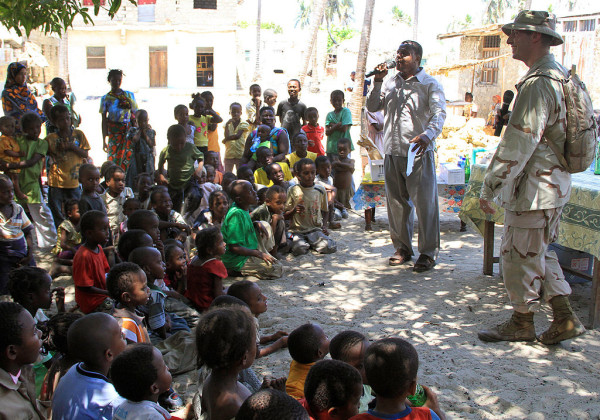World Malaria Day, celebrated on April 25th of every year, promotes global awareness of the disease. Established in 2007 by the World Health Organization (WHO) member states, the annual day aims to educate, communicate, and advocate for the treatment and prevention of the illness. Since 2000, there have been drastic declines in malaria cases and deaths. An estimated four million lives have been saved from malaria since then. Nevertheless, the disease remains a global health concern, with 198 million reported cases of malaria and 584,000 deaths occurring worldwide in 2013.
Malaria is caused by a parasite that infects mosquitoes, which then transmit the potentially deadly disease to humans. This mosquito-borne disease is preventable and can also be cured if treated promptly. Malaria is most heavily concentrated in sub-Saharan Africa, where 90% of all cases occur. This disease is particularly dangerous for children under five, who account for 78% of all malaria-related deaths globally.
“As we celebrate World Malaria Day on April 25, we must recognize the urgent need to expand prevention measures and quality-assured diagnostic testing and treatment to reduce the human suffering caused by malaria.” – Dr. Hiroki Nakatani, WHO Assistant Director-General for HIV/AIDS, Tuberculosis, Malaria, and Neglected Tropical Diseases.
During the 2015 World Malaria Day, the WHO focused its efforts on expanding access to resources for preventing, diagnosing, and treating malaria. The 2015 update of the WHO malaria treatment guidelines recommend artemisinin-based combination therapies (ACTs) to treat patients and rapid diagnostic tests (RDTs) to effectively diagnose the disease. The guidelines highlight strategies to address the malaria-endemic regions of the sub-Sahara, which has the highest disease burden of malaria in the world. More specifically, the recommendations key in on preventive treatment for the most vulnerable groups, including pregnant women, children under five, and infants. In recent years, prevention strategies have been centered around the distribution of long-lasting insecticidal nets (LLINs), indoor residual sprays, rapid diagnostic tests (RDTs), and intermittent preventive treatment in pregnancy (IPTp).
Image Source: PIUS UTOMI EKPEI
Malaria is a global health issue and multiple organizations have collaborated to work towards the worldwide goal of preventing and reducing malaria infection. The global malaria strategy set by the WHO calls for a 40% reduction of the disease burden by 2020, and a 90% reduction by 2030. The Millennium Development Goals (MDG) set by the United Nations aim to reverse the incidence of malaria. The Roll Back Malaria (RBM) and World Health Assembly set an objective to reduce malaria cases by 75% worldwide from 2000 to 2015. In 2000, when the MDG was established, 106 countries had ongoing transmission of malaria. Since 2000, 64 countries have reversed the incidence of malaria and 55 of those 64 countries project a 75% reversal rate by 2015. With each passing of World Malaria Day comes continued progress towards the global eradication of the disease.
Featured Image Source: US Army Africa










